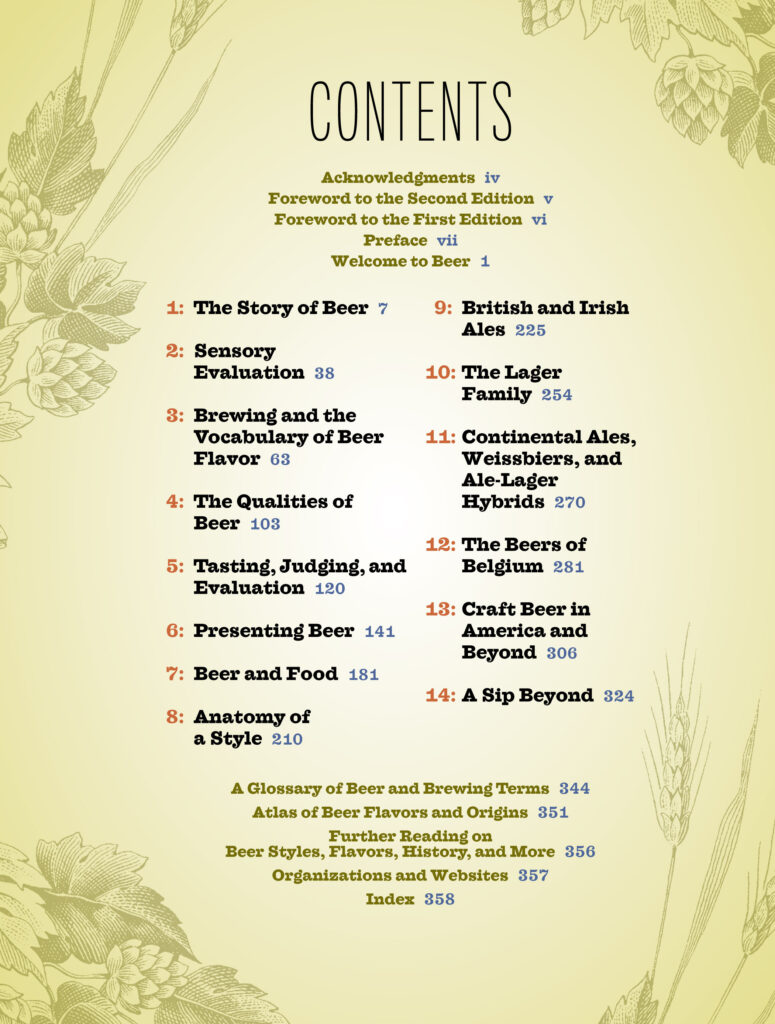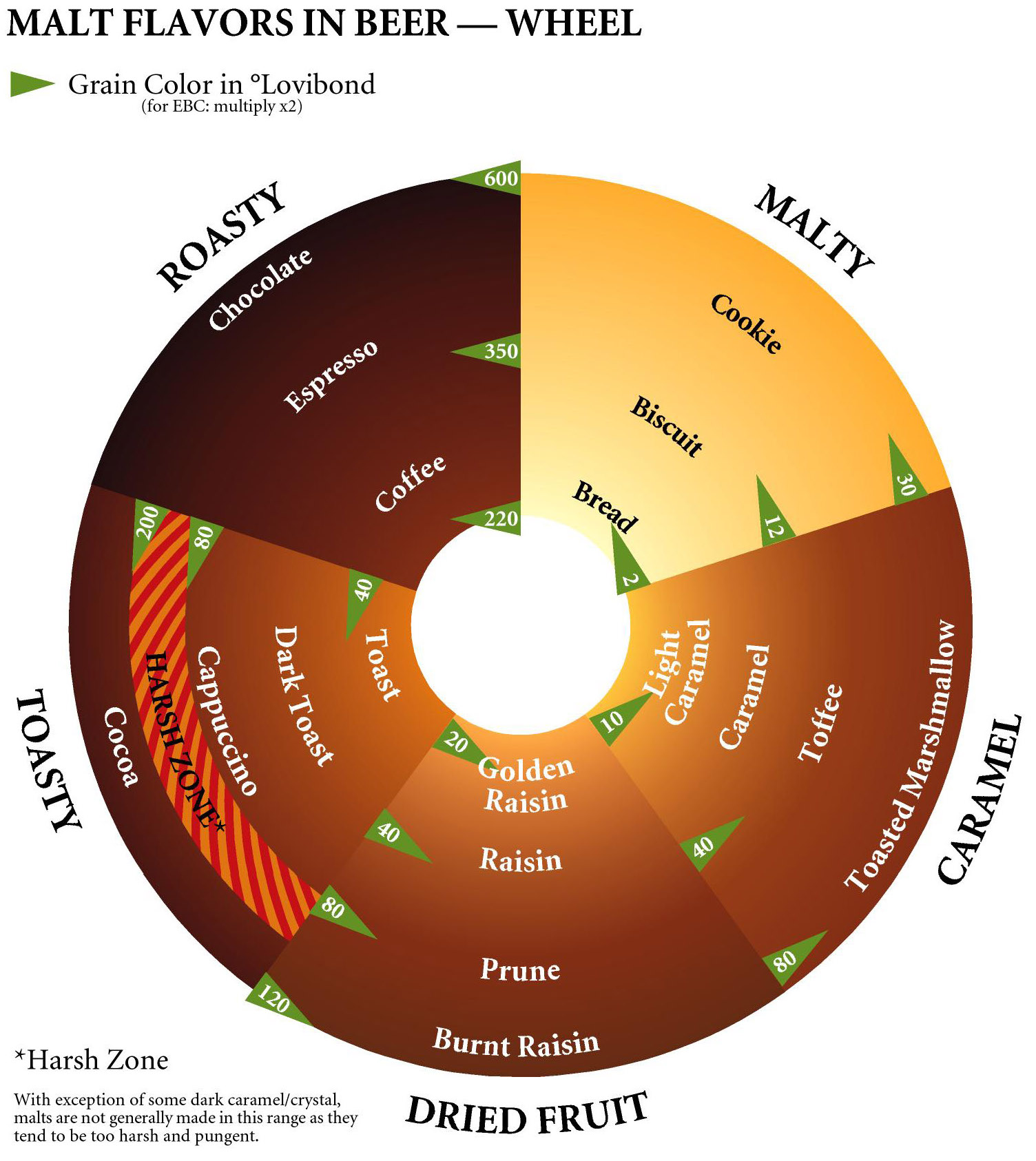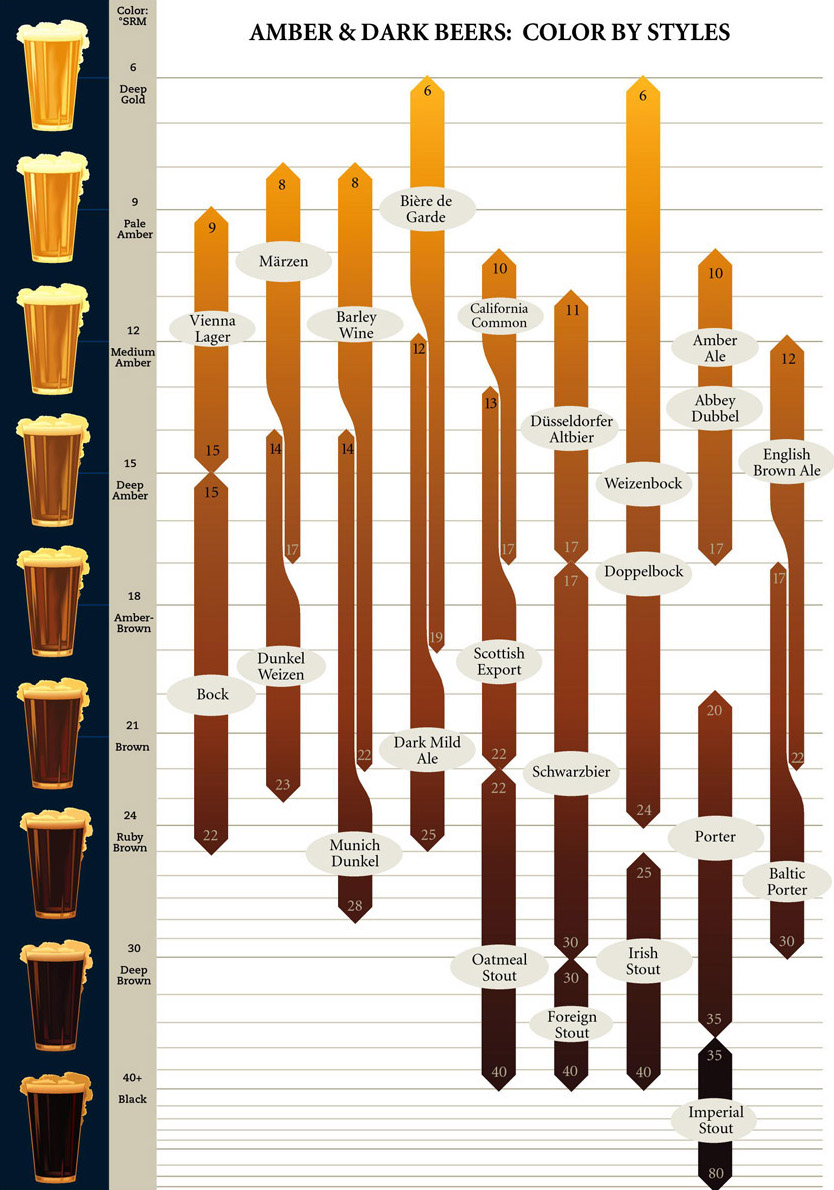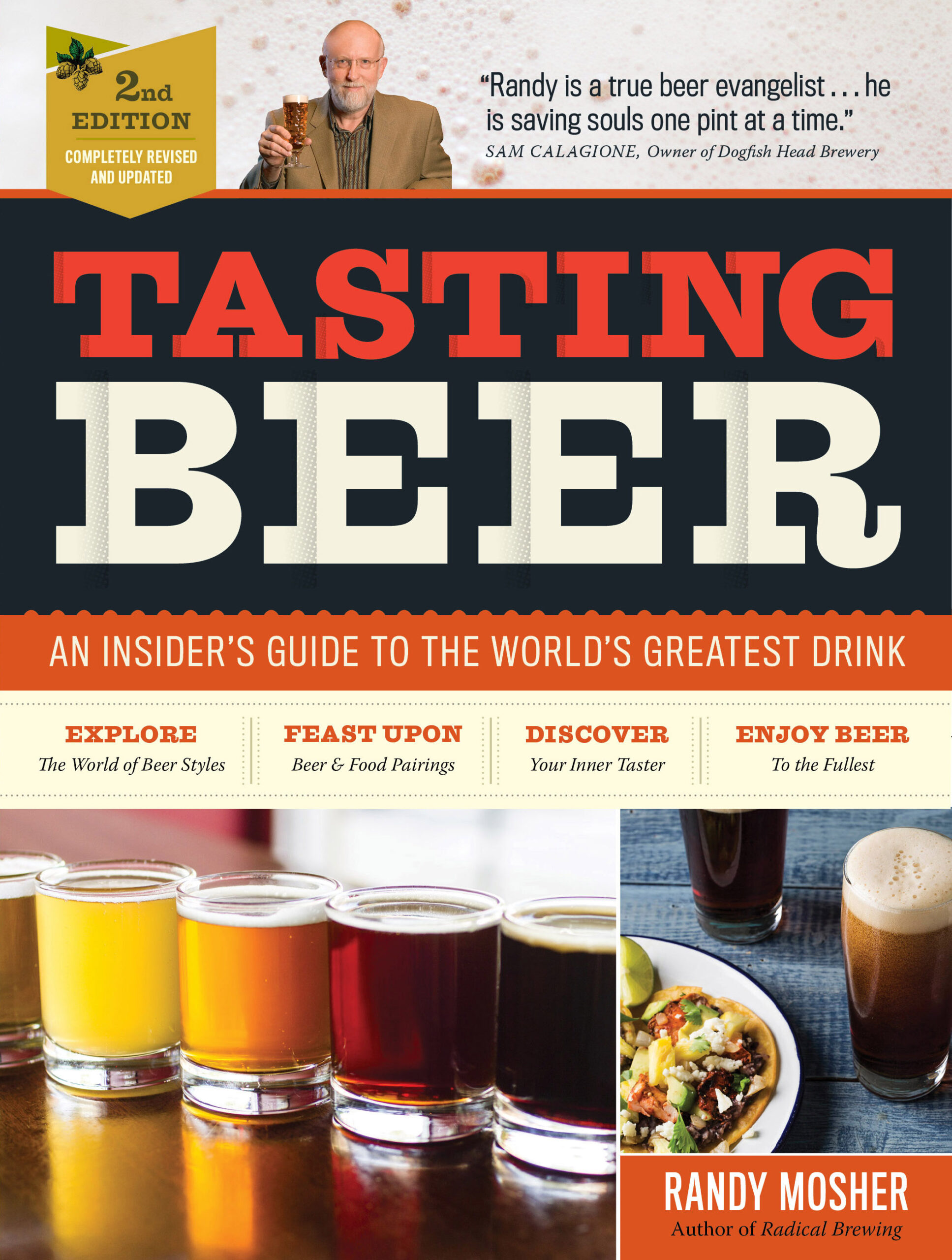Tasting Beer

Foreword (Second Edition)
By Ray Daniels
Founder and Director of the Cicerone Certification Program
The first edition of Tasting Beer came out in 2009, one year after I developed and founded the Cicerone Certification Program, which launched in early 2008. I soon started recommending it to those looking for a text to guide their studies for the first level Cicerone exam, Certified Beer Server.
Over the years, the connection between Cicerone and Tasting Beer has continued, so much so that some people think Randy and I coordinated to create a text that would serve the program’s needs. This is not the case. Rather, it is a happy coincidence that our paths through beer led us to create complimentary offerings at about the same time. Cicerone challenges beer professionals to learn about their beverage and its culture. Randy’s Tasting Beer addresses the questions posed by every student of beer and in the process provides an excellent text to aid in the journey.
This second edition of Tasting Beer expands coverage of some key topics that relate to the Cicerone journey beyond the first level, such as draft systems. In addition, I find that the integrated understanding of beer that this edition presents would serve those studying for just about any level of Cicerone program exam. Any candidate who has not read Tasting Beer for a few years, would be well advised to read this edition. The connections and insights it offers will help you organize and integrate all the details you learn from a variety of sources into a more cogent and nuanced understanding of beer.
For those studying for the first level Certified Beer Server exam, I would recommend you use the syllabus available on cicerone.org to help you determine which sections of Tasting Beer to focus on. For Certified Cicerone, nearly the entire text of Tasting Beer becomes important although some details still go beyond the depth required for the second level exam. Those studying for Advanced and Master Cicerone can assume that everything covered in these pages will serve them well.
But Tasting Beer goes much further than just knowledge. Its organization and presentation telegraph the decades that Randy has spent thinking about beer. The broad spectrum of his thoughtful studies has led him to understand answers to questions that those with a more focused view have never thought to ask. As a result, he possesses—and presents—an uncommon understanding of the full universe of beer.
And here’s the best part: given the depth of his exploration and the sheer volume of knowledge he presents, you might expect this text to be weighty and ponderous. Such is not the case. Indeed, Randy writes with a precise but conversational voice. The resulting text could not be easier to read. And his long professional experience in presenting information graphically comes to the fore in a variety of illustrations that illuminate the subject in ways that words alone could never do.
The true magic of Randy’s work comes in insights, in a seasoned understanding of how the many facts about beer connect in complex and varied ways to create this living, breathing thing that we capture with the simple word “beer.” Whether you literally wish to learn more about tasting or simply hope to garner a basic understanding of beer, Tasting Beer will satisfy your thirst in a readable and memorable way.
Foreword (First Edition)
By Sam Calagione
Owner, Dogfish Head Craft Brewery
Author of Brewing Up a Business, Extreme Brewing, and He Said Beer She Said Wine (with Marnie Old)
When I met Randy Mosher he was coming at me with a hammer in his hand and a maniacal smile on his face. It was at Chicago’s Real Ale Festival in 1998 and he was helping prepare casks of unfiltered, unpasteurized, naturally carbonated real ale for serving. His enthusiasm was infectious, as lively as the beers contained in those casks. I have gotten to know Randy better and better in the last five years as we both serve on the board of directors of the Brewer’s Association. He earned his seat at the table representing the American Homebrewer’s Association – but in time it became apparent that his perspective, knowledge, and passion encompassed the whole wide world of beer: pro, amateur, enthusiast and beyond. Randy is a true beer evangelist. In this book, and in all aspects of his beer-soaked life, he is saving souls one pint at a time.
The brewing industry is altruistic and mutually supportive to a degree I have never seen in traditional business segments. That’s probably because we know that we almost lost the vibrancy and diversity of our American beer culture and we are fighting hard to never let that happen again. At its low-point in the 1970s America had less than 100 commercial breweries, mostly making slightly different versions of generic light lager. Today there are over 1400 commercial brewers in America, hundreds of thousands of homebrewers, and millions of hardcore beer enthusiasts. While I’m proud of the accomplishments of my professional brewing brethren it’s really this last group who has carried the day. Without large marketing budgets small brewers are succeeding only because a growing number of beer lovers have gotten behind our efforts and educated themselves on 1) what makes a great beer, 2) where to find them and 3) how best to enjoy them.
Tasting Beer tackles beer with just enough technical and scientific information to explain the experience but not so much that the beer-novice feels overwhelmed. Randy doesn’t preach his personal preferences here. He celebrates the fact that our individual palates are as unique as snowflakes. If we all liked the same beer there would only be one style that worked for everyone, and well, we’ve been there. Tasting Beer is like many fine books bound together. Beer history? It’s in here. The science of brewing, the disciplines of tasting and evaluation, beer styles, food and beer, beer terminology—it’s ALL in here. It’s an imperial pint full of knowledge as Randy’s cup runneth over. I am hopeful that Tasting Beer will find a home with professionals in addition to beer enthusiasts. I can think of no better single tool for brewers, bartenders, sommeliers, chefs, salespeople and everyone else in the beer trade for enhancing their beer IQ.
Despite the fact that beer’s history is as ancient as wine’s and that there are more styles of beer with more different ingredients leading to more flavors than wine, beer still considered a less complex beverage by too many foodies and connoisseurs. Randy helps to dispel this myth in Tasting Beer. Much of the beer sold throughout the world is some slight variation on the light lager style, but Randy points out that centuries before the Reinheitgebot, beers were being brewed with diverse ingredients such as honey, bog myrtle, cranberries, and coriander. Craft breweries today have reinvigorated this ancient tradition of spices, herbs, sugars, and fruits and more. Randy gives equal time to all the diverse, exciting beers that drinkers are trading up to, both the exotic eccentrics as well as the popular classic styles. As international beer culture evolves, the brewers of these exciting craft beers are achieving growth and recognition disproportionate to that of the industrial, conglomerate light beer producers. In reading this book it is easy to see why. Beer culture is tremendously diverse, distinguished, and nuanced. As Randy writes, “Like any art beer needs a proper context to be compelling.” Tasting Beer gives us this context in spades. Drink up as you read up on the world’s most storied and beloved adult beverage. Cheers.

A beer flavor spiral. While wheels are the standard, I wanted to differentiate from the crusty old beer wheel that had been in use since the 1970s. This one is actually recently updated from the second edition of Tasting Beer, as better fits how I understand beer flavors. © 2017, Storey Publications, North Adams, MA and Randy Mosher

One of the hardest things to do in brewing is to get a detailed and accurate picture of how ingredients contribute to a beer’s flavors. I put this together to organize the many flavors available from malts © 2017, Storey Publications, North Adams, MA

With a more than a hundred styles different beers can be hard to keep track of. This visual charts the relationships of different styles to their colors. © 2017, Storey Publications, North Adams, MA

While it’s a very simple thing, most people don’t know there is a right way to sample beer. This makes it easier to understand the steps required. © 2017, Storey Publications, North Adams, MA

